Using green walls to improve urban climates is nothing new. But planting horizontally growing trees for the same purpose is very new. A biologist from Stuttgart is revolutionising the fight against smog. She has developed a smart system that lets small trees and shrubs thrive on walls.
Video: Dr Alina Schick explains her idea to improve urban climate with plants (KfW Group/n-tv).
You would probably have to live in Stuttgart to come up with an idea like that – the city has some of the worst air quality in Germany. Dr Alina Schick wondered what it would be like if, instead of just smaller plants, large trees could grow on the facades of polluted inner cities. What if the trunks and crowns of privets and cherry laurels could stick like pins in the sides of our buildings? As a gravitational biologist, Schick knew that it would be possible to realise this vision, even if it sounds bizarre to many. Because she learned that trees really can grow horizontally and be straight as a die – as long as they are constantly rotated.
Practical tests have long since shown that Alina Schick’s idea can make our inner cities into better places. In the meanwhile, her company Visioverdis has begun vertically planting trees and shrubs on facades throughout Europe. The company uses a high-tech wall greening system, GraviPlants, which Managing Director Schick developed herself. By constant rotation around the horizontal axis, GraviPlants changes the way the plants perceive light and gravity, enabling trees to grow sideways. A brilliant invention which won the company a KfW Entrepreneurs’ Award in 2018, just one year after the company was founded.
An innovative way to plant greenery in cities
One of the most important issues of our time is climate change and its impacts, so solutions like the one Alina Schick developed are vital. Increasing carbon emissions and resource depletion in forests are only two of the countless factors that continue to reduce our clean air supply. The growing global population only adds to the problem. As megacities develop, denser housing is eliminating the last green inner city spaces. But green spaces in cities are not just about aesthetics; they should not be underestimated as a factor in maintaining the urban climate. Dr Alina Schick wants to use GraviPlants to play a part in saving cities’ green lungs despite major building development. The founder also sees GraviPlants as a representative and unusual way to integrate nature into modern urban life. She imagines planting otherwise unused facades with a system of various plant species to create vertical forests filled with horizontally growing tree trunks. And she is providing the trees for it. “This isn’t just good for our climate,” explains Schick. “It also looks beautiful and can be used effectively as a promotional feature, even in its early stages.”
Read more under the image gallery.
Gravitational biologist Dr Alina Schick found out that plants, when laid flat, grow horizontally when constantly rotated around their own axes. Her idea is to use this method to “green up” whole cities.
The idea behind GraviPlants is much older; the first experiments with rotating plants were performed as early as the 19th century. Botanist Julius von Sachs rotated sunflowers using a clinostat, a device that slowly rotates around an axis. However, Schick’s rotational system is based on space research. Experiments on Russia’s MIR space station showed her previous mentor, biologist Prof. Dieter Volkmann, that the absence of gravity changes the way roots grow. Schick continued Volkmann’s research. But she quickly realised that she didn’t want to spend her time locked away in a dark closet to study. She preferred to make any knowledge she gained accessible and useful to everyone. After studying in Bonn, Germany and Australia, and completing her doctorate in Stuttgart Hohenheim, she remained at university in Baden-Wuerttemberg as part of the “Young Innovators” funding programme. She used the opportunities there to found Visioverdis in 2017. Today the company has five employees.
Sophisticated technology
Dr Alina Schick has been rotating trees since 2009. Now the gravitational biologist continues working on developments based on her findings that plants and even small trees can grow horizontally when they are rotated on their own axes. The question lies not only in finding the plants best suited to this growth method, but also in constantly improving the high-tech system. Schick specifically looks for trees that grow well and cultivates them for six weeks in her new rotating system. Once the selected plants are on the facade, they need to be trimmed twice a year.

“Planting on facades takes advantage of an unrivalled space.”
And how exactly does this high-tech system work? Sensors that fully automate irrigation, rotation and LED lighting are controlled via tablet, PC or smart building technology, monitoring and optimising the status. “The sensors are linked to embedded software that provides the necessary plant-specific parameters,” explains Alina Schick. Visioverdis made a conscious decision not to use solar energy when developing the planting unit concept, instead choosing to use conventional power from building mains. GraviPlant’s power consumption is so low (eight watts for the drive and 2.5 watts per LED light) that producing solar power would mean much higher costs. The rotational speed of the system depends on the type of plant and ranges from a hardly perceptible speed of 0.2 rotations per minute up to a noticeable speed of 1.6 rotations per minute. The system has recently been expanded to include a five-litre irrigation tank that can hypothetically water the plant in case of a power outage.
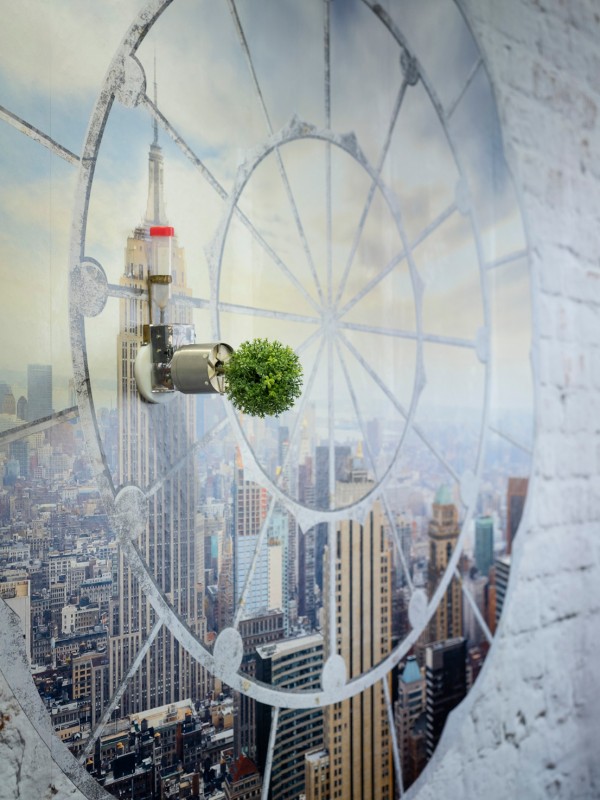
Megacities have limited space, land and soil are in short supply. But when building facades are used, trees can grow in unrivalled spaces and thus improve urban climates.
Taking advantage of building facades as unrivalled spaces
The trees grow to be around 140 centimetres long. When the length of the technical components is added, the greatest distance from the facade is two metres. Schick assures that with this size, building statics “can withstand even the highest gale-force winds that can be expected in Germany”. Instead of growing longer, the trees develop particularly dense and round tree tops. And interestingly, the plants maintain their seasonal patterns. “This takes advantage of the facades as unrivalled spaces and shows that this environment doesn’t expose the plants to stress. Plus, GraviPlant takes very good care of them.”
According to Schick, there are no downsides to growing horizontal trees. And these plants do far more than simply improve the microclimate by binding particulate matter, nitrogen oxides and ozone. The biologist explains that the plants’ unexpected angle makes the extraordinary green facades eye-catching. The trees also function as sound and thermal insulation, providing a cooling effect in the summer and heat insulation in the winter. Last but not least, the greenery provides valuable habitats for insects and birds, bringing nature back into cities.
The oldest privet tree has already been rotating on the side of a building at Hohenheim University for four years, and the idea is quickly catching on in Europe’s cities; privet trees were recently planted on a building facade in Vienna’s Hannovergasse street. Dr Schick and her team have been building a Europe-wide distribution network; their main focus is currently on Austria, the Netherlands and Germany. Around 70 per cent of the world’s population will live in cities by 2050, and the hope is that planting trees like this will help to keep the air breathable in the cities of the future.
The described project contributes to the following United Nationsʼ Sustainable Development Goals
Goal 9: Build resilient infrastructure, promote sustainable industrialization and foster innovation
Non-existent or dilapidated infrastructure hinders economic efficiency and thus engenders poverty. When building infrastructure, the focus should be on sustainability, for example, by promoting environmentally-friendly means of transport. Factories and industrial facilities should also ensure that production is in line with ecological aspects to avoid unnecessary environmental pollution.
Published on KfW Stories: 19 November 2018, last updated: 3 December 2020.

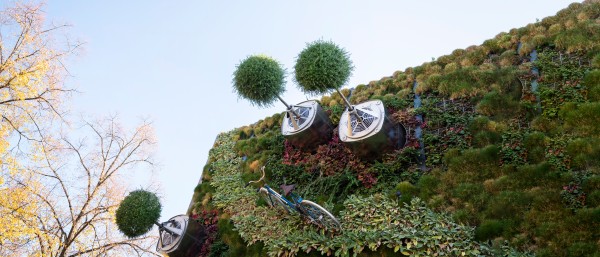
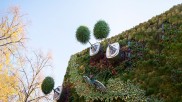
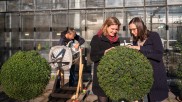
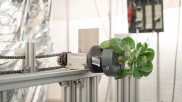

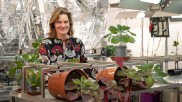
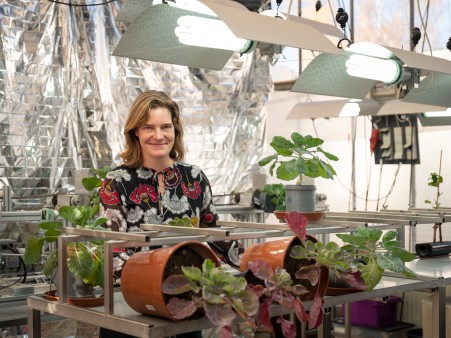
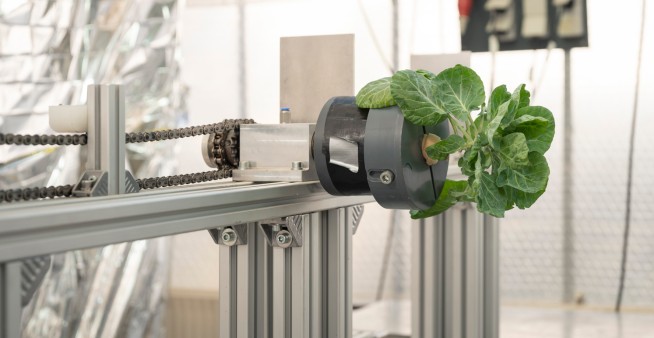
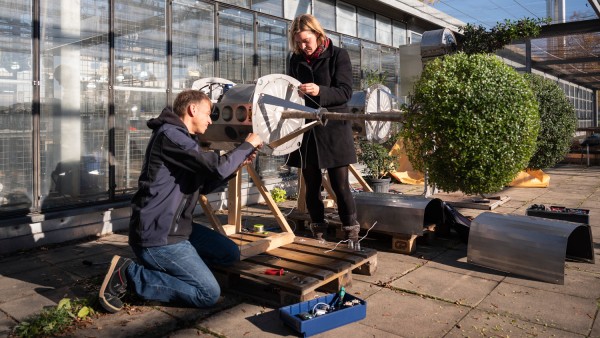











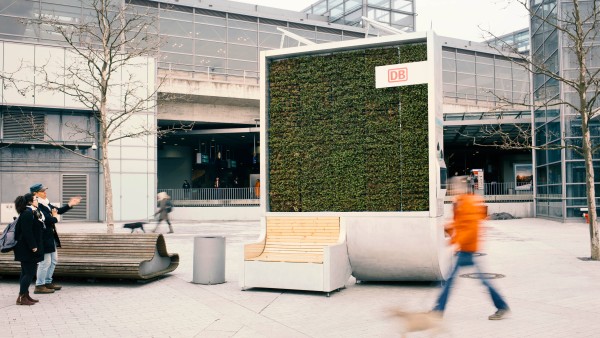
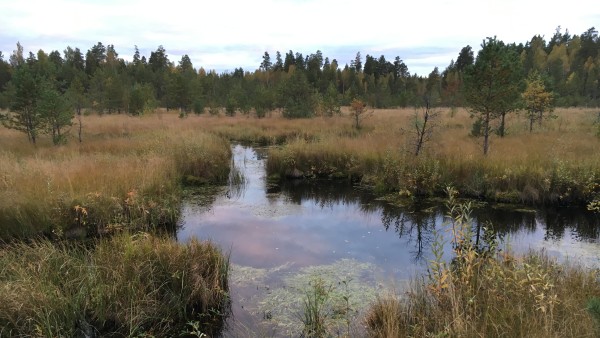

Data protection principles
If you click on one of the following icons, your data will be sent to the corresponding social network.
Privacy information